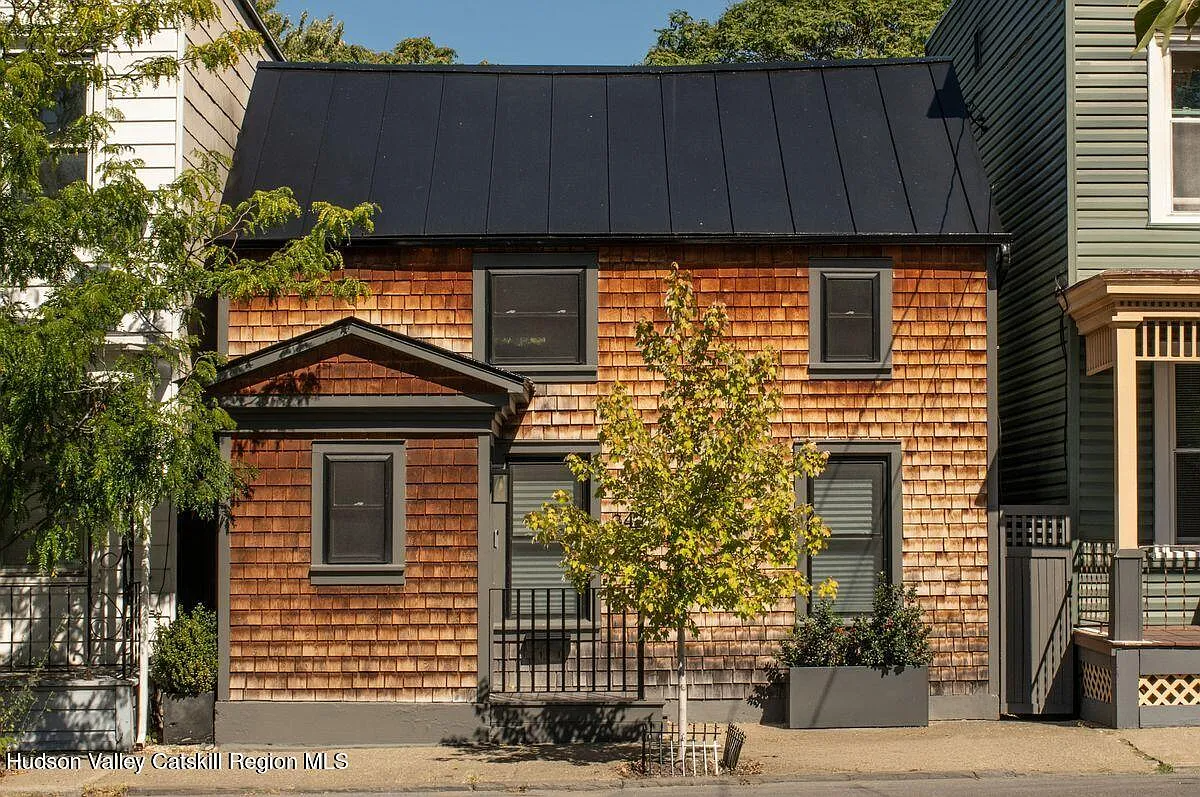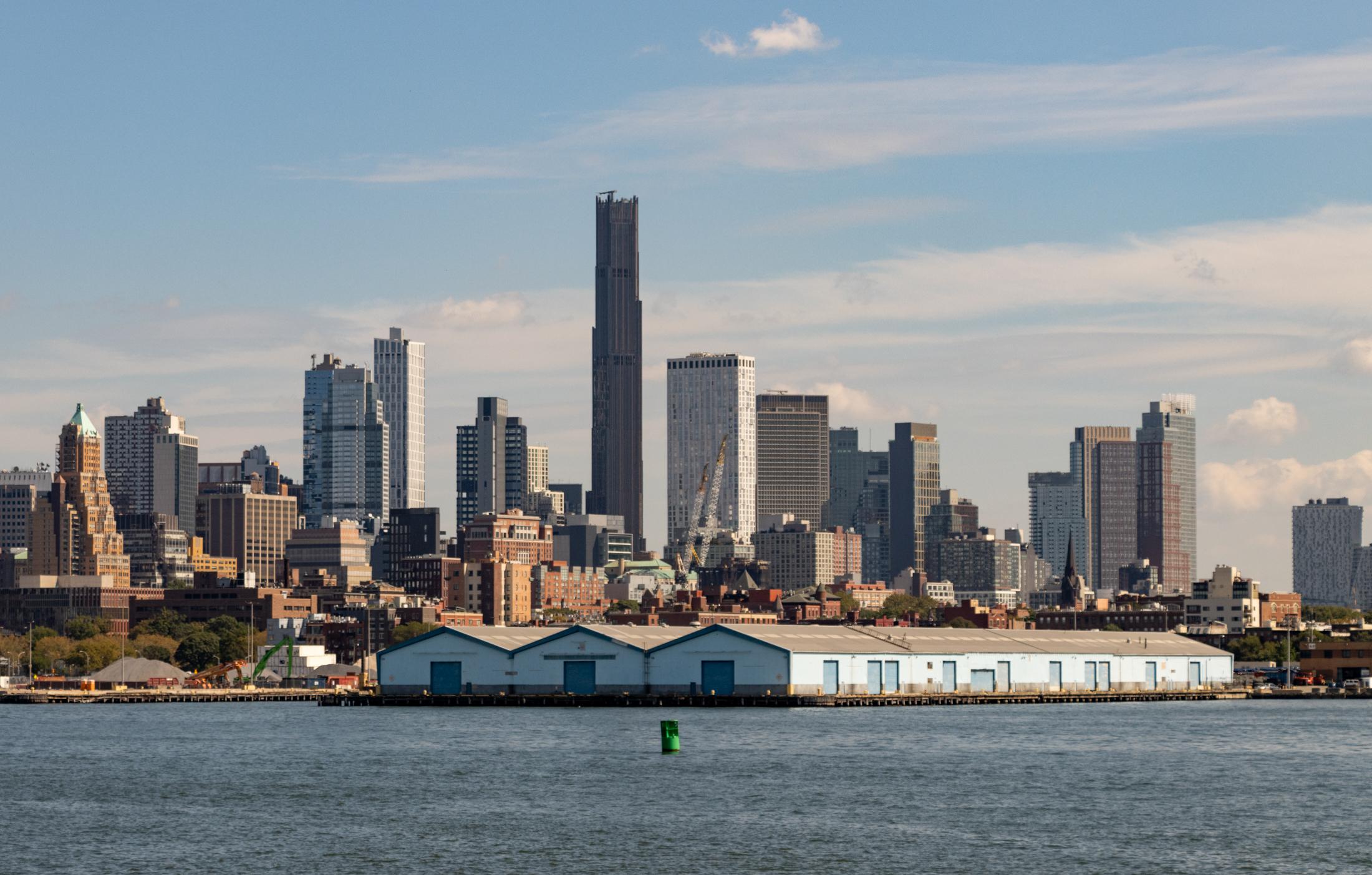How Will Spitzer's Budget Affect Real Estate?
Yesterday Gov. Spitzer introduced his $124.3 billion budget for the fiscal year that begins in April, a plan that calls for a spending increase of 5 percent as well as various cost-cutting measures meant to address the state’s estimated $4.4 billion budget deficit. So what sort of impact will the governor’s plan have on real…

 Yesterday Gov. Spitzer introduced his $124.3 billion budget for the fiscal year that begins in April, a plan that calls for a spending increase of 5 percent as well as various cost-cutting measures meant to address the state’s estimated $4.4 billion budget deficit. So what sort of impact will the governor’s plan have on real estate? For starters, one of the most significant aspects of the budget involves increasing the real estate transfer tax, which is paid on property purchases above $175,000. Spitzer is also proposing a freeze on spending for the $4.7 billion School Tax Relief program, which uses state money to lower property taxes by funding school districts and giving rebate checks to homeowners. At the same time, Spitzer is looking to increase spending on affordable housing via the new $400 million Housing Opportunity Fund, which will go to the creation and preservation of low-cost and supportive housing. Some independent budget analysts say Spitzer’s plan doesn’t go far enough in terms of curbing spending. Nevertheless, the uncertain economic climate was clearly weighing on the governor. Like every other state in the nation, New York is feeling the effects of a serious economic downturn, requiring us to make tough decisions necessary to continue moving our state in the right direction, Spitzer wrote in a statement accompanying the budget.
Yesterday Gov. Spitzer introduced his $124.3 billion budget for the fiscal year that begins in April, a plan that calls for a spending increase of 5 percent as well as various cost-cutting measures meant to address the state’s estimated $4.4 billion budget deficit. So what sort of impact will the governor’s plan have on real estate? For starters, one of the most significant aspects of the budget involves increasing the real estate transfer tax, which is paid on property purchases above $175,000. Spitzer is also proposing a freeze on spending for the $4.7 billion School Tax Relief program, which uses state money to lower property taxes by funding school districts and giving rebate checks to homeowners. At the same time, Spitzer is looking to increase spending on affordable housing via the new $400 million Housing Opportunity Fund, which will go to the creation and preservation of low-cost and supportive housing. Some independent budget analysts say Spitzer’s plan doesn’t go far enough in terms of curbing spending. Nevertheless, the uncertain economic climate was clearly weighing on the governor. Like every other state in the nation, New York is feeling the effects of a serious economic downturn, requiring us to make tough decisions necessary to continue moving our state in the right direction, Spitzer wrote in a statement accompanying the budget.
Spitzer Plans Cuts and Fees to Close Deficit of $4.4 Billion [NY Times]
Spitzer’s Budget Triggers Backlash [NY Sun]
2008-2009 Executive Budget [NY State]
Photo from state.ny.us





Spitzer’s budget also kicks education another way: No tax credit for parochial school parents, who pay twice for education (their kids, through tuition, and other kids, through their taxes). A break for middle- and working-class parents who use independent and religious schools is crucial to keeping many of them in business; every Catholic or other school that fails = more kids overcrowded into the nearest public school. For all his vaunted independence, Spitzer appears to wear the choke collar of the UFT quite obediently, since their bedrock opposition to subsidizing educational choice is legendary. It’s a shame, ’cause I really had hopes for him.
Move to the suburbs if you want. I got frustrated enough just getting home to Brooklyn from Midtown yesterday with some slow moving subways. We’ll pay the extra taxes to stay in the city, and wait this out. If I ever left Brooklyn it would only be to move to Manhattan.
Spitzer is planning on taxing drugs seized during arrests.
check out the 40 tax. It’ll add $.68 to the price of a 40.
The transfer tax is a percentage and it is already a very large cost when selling a home.
For residential properties sold for $500k or less the city transfer tax is 1% of the sales price. For properties sold for more than $500k it is 1.425%. So if you sell your home for $1M you pay $14,250.
Then the state gets another 0.4% on top of that.
For non-residential properties (includes 4-fam and up plus commercial properties) the rates are 1.425% if the sale is less than $500k or $2.625% for sales greater than $500k.
So sell your 4-fam for $1M and you end up with a $30k transfer tax bill between the city and state.
http://www.nyc.gov/html/dof/html/property/property_rec_rptt.shtml
http://www.taxadmin.org/fta/rate/Realtytransfer.html
“Like every other state in the nation, New York is feeling the effects of a serious economic downturn, requiring us to make tough decisions necessary to continue moving our state in the right direction,â€
So that means spending an extra 5% in an already inflated spending budget and raising taxes on the flailing real estate market in order to make it even more expensive to own a home and drive more people and business out of the state and city.
This guy is the worst – way to tax and spend NY into the ground like all of the other failing high tax democratically controlled governments.
Did someone mess with NYT link? Check out the sidebar. New tax on cocaine?
When the real budget comes out after Election Day, and school aid to the city is slashed leading to a drastic reversal of any progress here (as in the mid-1990s) so that school districts in the rest of the state can spend more, the value of family housing in NYC will suffer a relative decline, as young people see the writing on the wall and once again flee.
Just like the 1980s housing bubble and bust, expect history to repeat in public policy.
Spitzer is the worst governor.